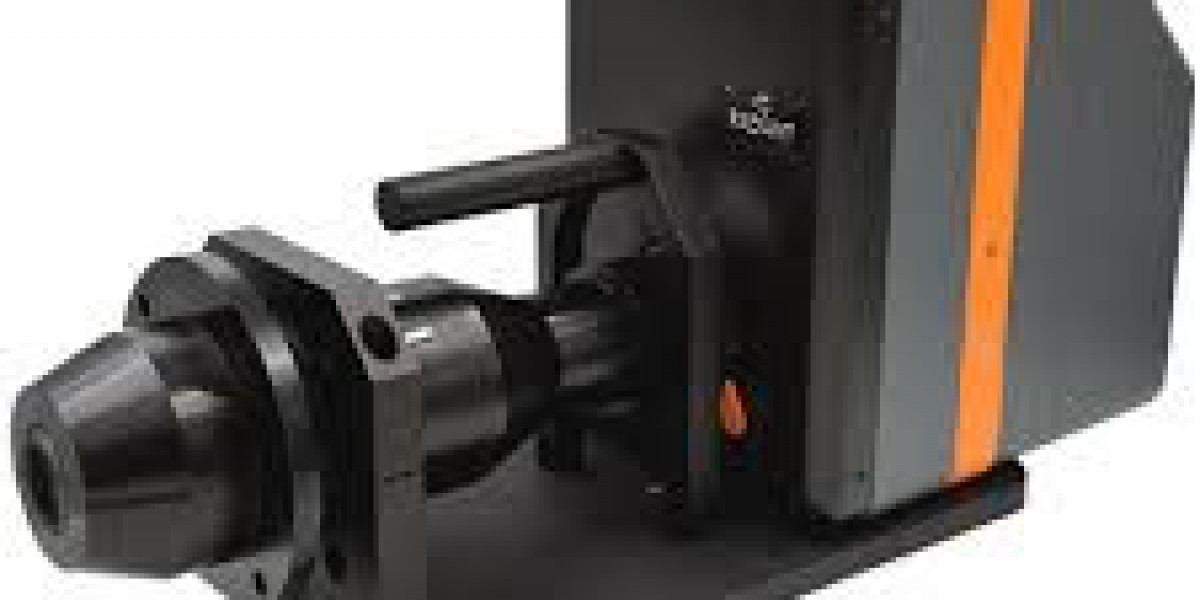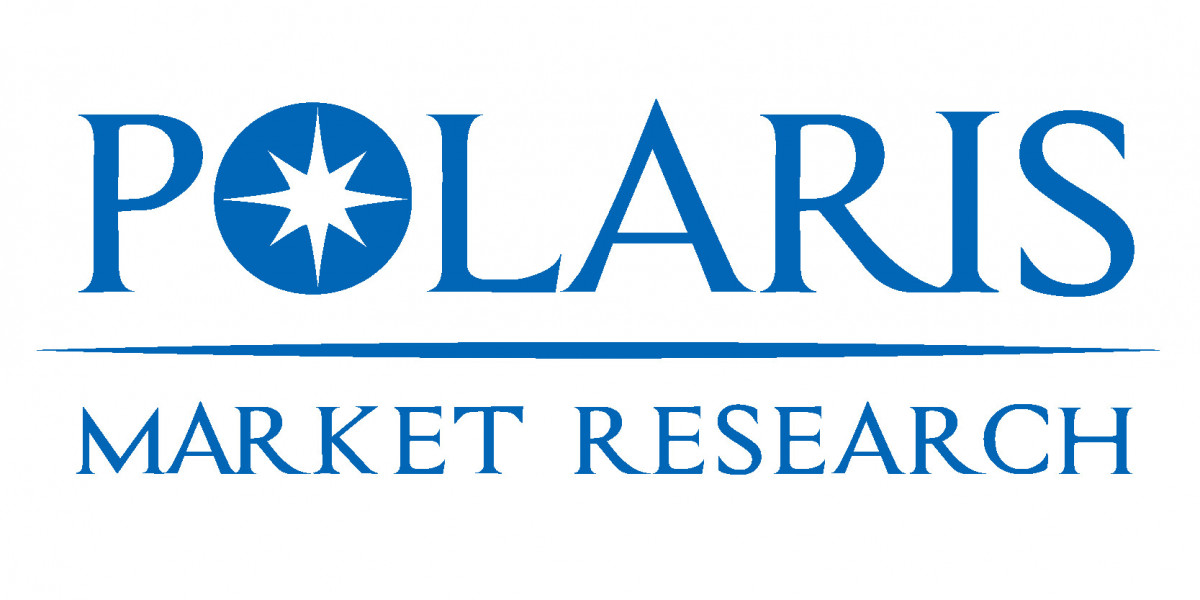In precision optics, few components are as vital as the conoscope lens. Designed to measure light distribution, polarization, and emission patterns, the conoscope lens plays a key role in optical testing, display analysis, and laser alignment systems.
In this article, I’ll explain how conoscope lenses work, their main applications, and how they contribute to achieving high-accuracy results in optical inspection and display manufacturing industries.
What Is a Conoscope Lens?
A conoscope lens is a specialized optical detection lens used to observe angular light distribution from a sample or display. It captures the entire cone of light emitted from a surface, making it essential in analyzing viewing angles, birefringence, and polarization properties of materials.
These lenses are commonly used with imaging systems, interferometers, and laser metrology setups. Their design allows accurate visualization of light intensity and direction, which is crucial in the quality control of LCD, OLED, and micro-display panels.
How Does a Conoscope Lens Work?
The conoscope lens works by mapping the angular light field into a 2D image. It essentially converts the three-dimensional angular distribution of light into a measurable format.
When placed in front of a camera sensor or imaging system, the lens collects all rays emitted from the target and translates them into corresponding pixel coordinates. This enables engineers and scientists to study how light interacts with materials or how uniform a display’s brightness and color appear from different angles.
In simpler terms, a conoscope lens helps see how light behaves in multiple directions at once, making it perfect for both optical characterization and alignment processes.
Key Components and Design Features
Conoscope lenses are precision-engineered optical assemblies that combine multiple glass elements, coatings, and alignment mechanisms. The core components typically include:
High-Transmission Glass Elements: Ensure minimal optical loss and high image quality.
Anti-Reflective Coatings: Reduce unwanted reflections and glare.
Telecentric Design (in some models): Maintains consistent magnification across angles.
Compact Housing: Suitable for integration into optical benches and inspection systems.
These design choices make the conoscope lens ideal for industrial inspection, laser system calibration, and display metrology. The quality of optical materials directly impacts the lens’s ability to deliver accurate and repeatable measurements.
Applications of Conoscope Lens in Modern Industries
Conoscope lenses have become a fundamental part of advanced optical metrology and display testing systems. Here are the major fields where they are used:
1. Display Testing and Quality Control
In the display industry, a conoscope lens is used to measure viewing angle performance and color uniformity of LCDs, OLEDs, and micro-LED panels. Manufacturers rely on these lenses to verify that the display maintains consistent brightness and color even when viewed from different directions.
2. Polarization and Birefringence Analysis
In materials science, conoscope lenses are used to analyze the birefringence properties of transparent or crystalline materials. This helps detect internal stress, strain, or deformation in components like lenses and films.
3. Laser Beam and Optical System Alignment
The precise light mapping capability of a conoscope lens allows accurate laser alignment and focus analysis. It is frequently used in photonics laboratories, where maintaining stable and symmetric beam profiles is critical.
4. Optical Research and Imaging Systems
Conoscope lenses support microscopy, metrology, and optical simulation research, allowing scientists to observe angular-dependent optical properties in real time.
5. Automotive and AR/VR Display Testing
Emerging technologies such as automotive head-up displays (HUDs) and AR/VR lenses require accurate optical angle measurement — a key strength of the conoscope lens.
Advantages of Using a Conoscope Lens
Using a conoscope lens provides numerous technical and operational benefits:
| Advantages | Description |
|---|---|
| High Angular Resolution | Captures fine variations in light direction. |
| Non-Contact Measurement | Suitable for fragile or sensitive materials. |
| Enhanced Precision | Delivers repeatable, accurate data for quality control. |
| Compact Integration | Fits easily into existing imaging systems. |
| Supports Multiple Wavelengths | Works effectively across visible and infrared light. |
These advantages make conoscope lenses indispensable in precision optics and photonics-based measurement systems.
Choosing the Right Conoscope Lens
When selecting a conoscope lens, consider the following factors:
Aperture Size: Determines how much light can be collected.
Field of View (FOV): Defines the angular coverage of your analysis.
Working Distance: Impacts measurement setup and accuracy.
Compatibility: Ensure it integrates with your existing camera or optical system.
Optical Coatings: Look for anti-reflective and broadband coatings for best performance.
For reliable and high-quality products, explore the conoscope lens collection at ARVROptical — each lens is engineered for precision detection and long-term durability.
Latest Innovations in Conoscope Lens Technology
Modern developments in optical engineering have led to the creation of miniature conoscope lenses for compact devices and AI-assisted optical testing systems. These new designs deliver faster data processing, higher image accuracy, and automated calibration — making them ideal for mass production environments like smartphone display manufacturing.
With better glass materials, advanced coatings, and integration with machine vision systems, conoscope lenses are becoming even more essential for high-speed optical evaluation.
Conclusion
The conoscope lens is more than just a measurement tool — it’s a gateway to understanding light behavior with precision. Whether used in display testing, laser alignment, or material inspection, its role in ensuring quality and accuracy is unmatched.
As optical technologies continue to advance, the demand for reliable conoscope lenses will only grow. Choosing precision-crafted solutions from trusted optical manufacturers ensures consistency, performance, and durability for years to come.








